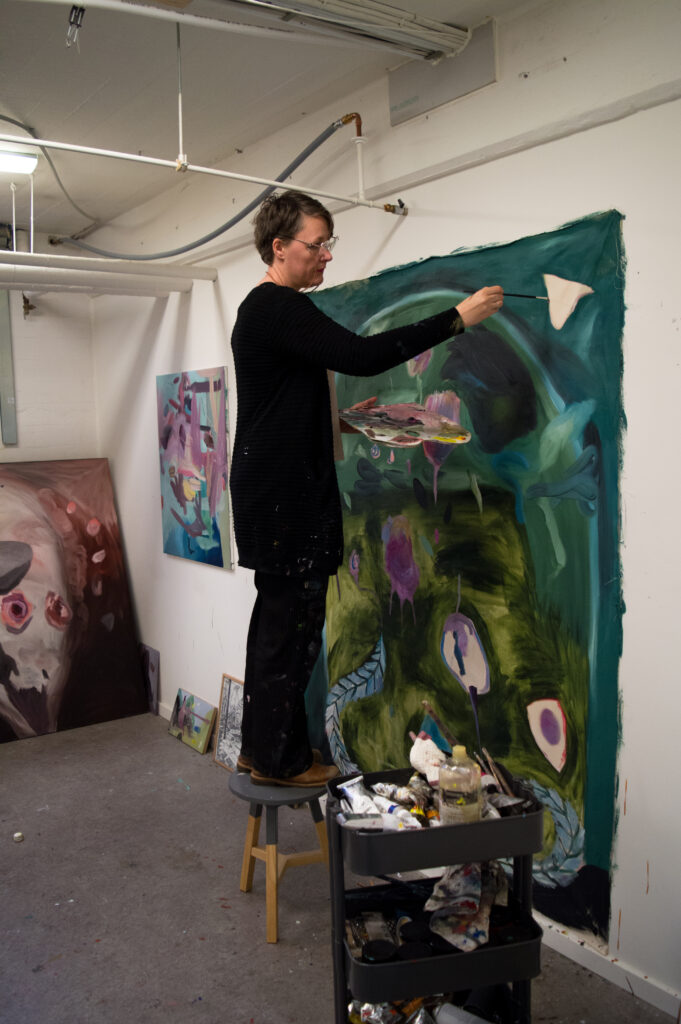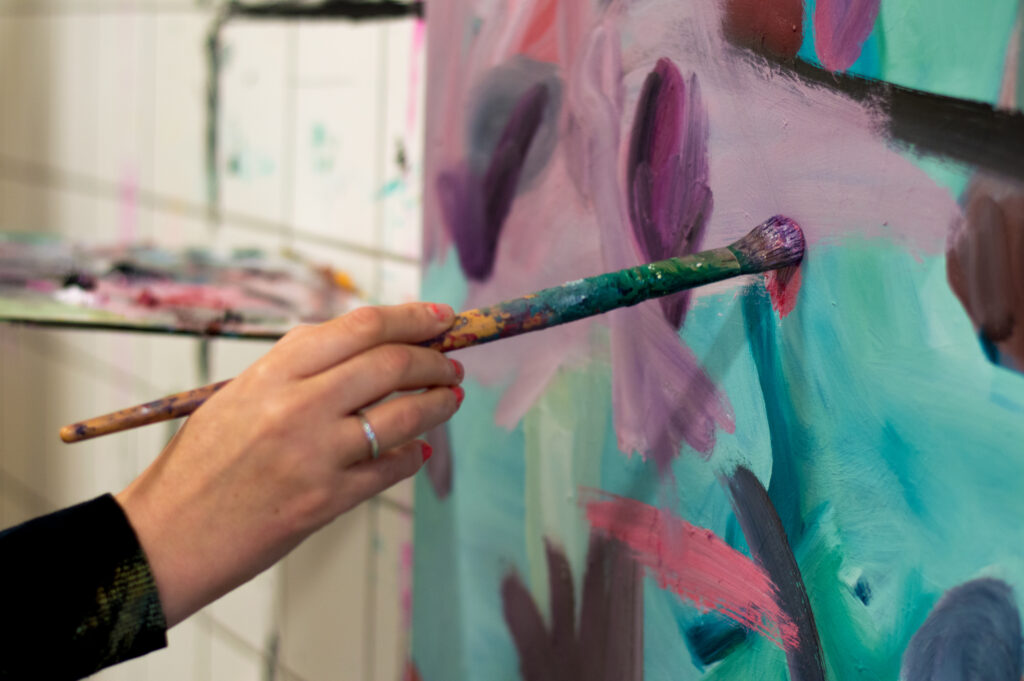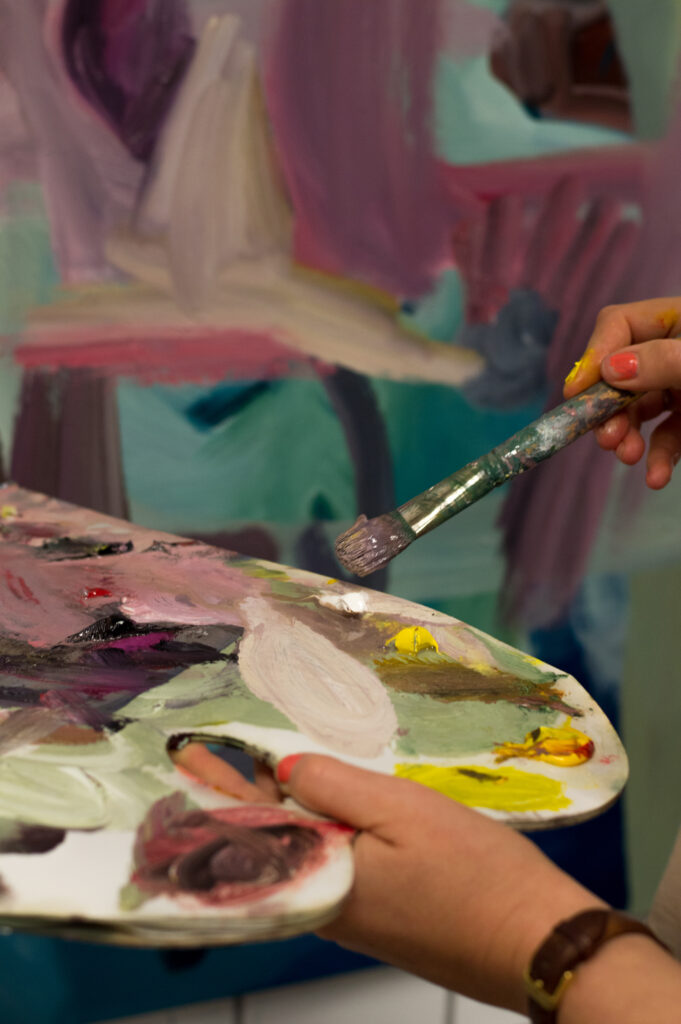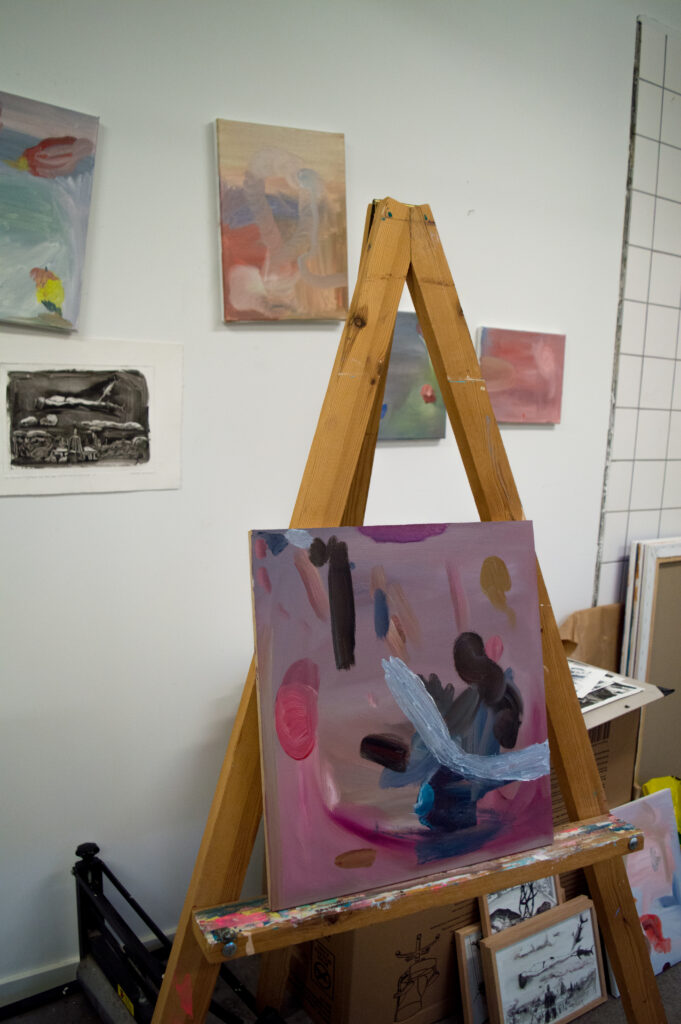Your cart is currently empty!
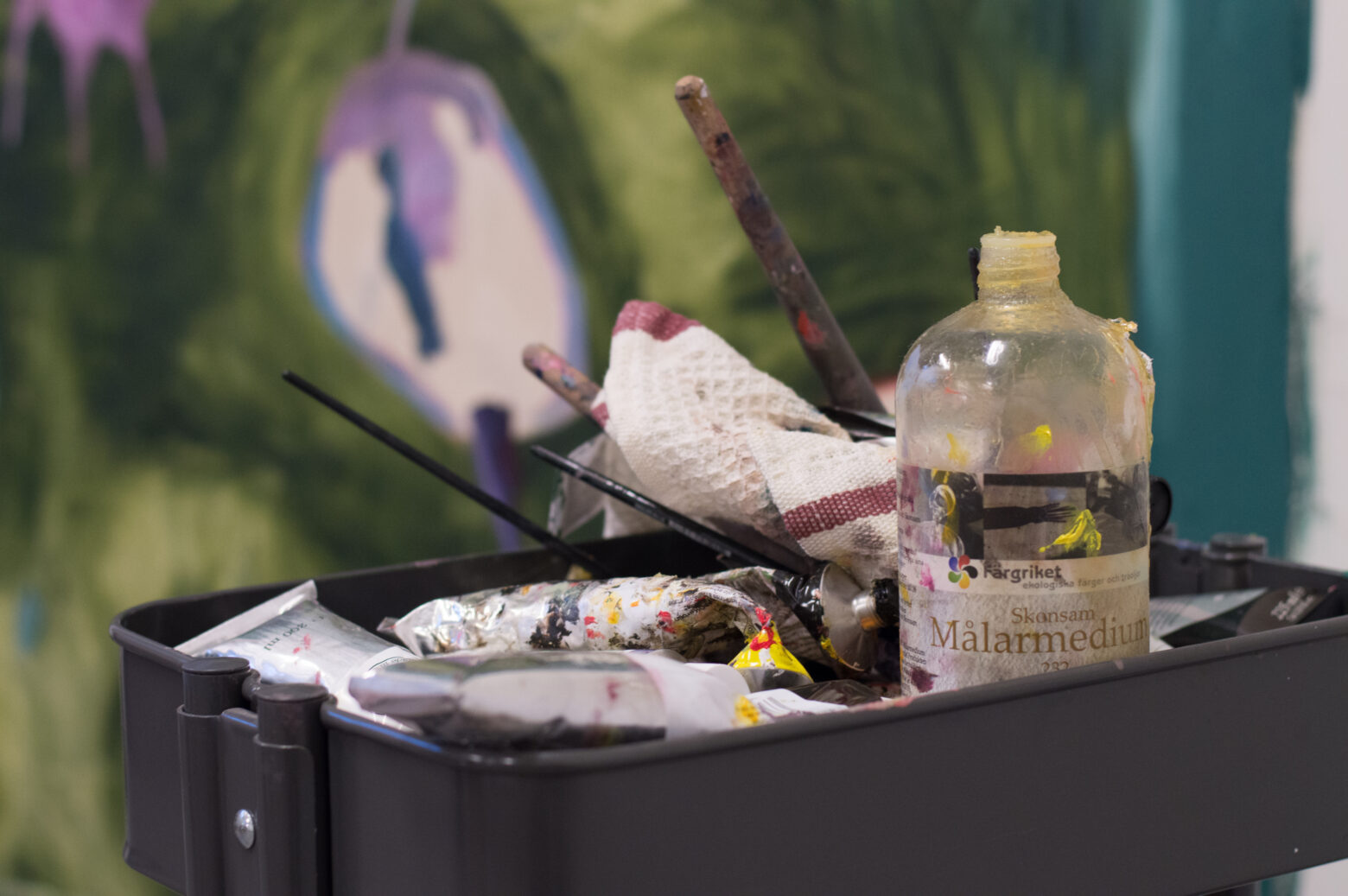
Honestly, I think the most challenging aspect is that there it is more or less not accepted as an artist to take a lot of time to reflect, be emotional, and to be insecure even though these are all very strong qualities in the right circumstances.
“Honestly, I think the most challenging aspect is that there it is more or less not accepted as an artist to take a lot of time to reflect, be emotional, and to be insecure even though these are all very strong qualities in the right circumstances.”
Mia-Nelle Drøschler, 2020
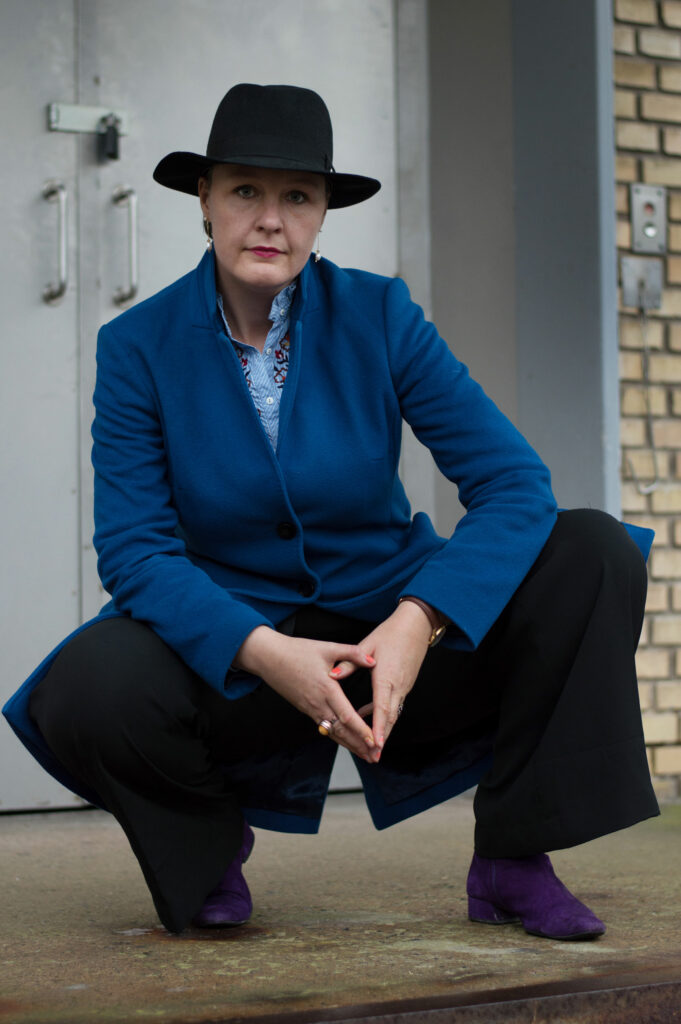
The Danish fashion designer Munthe is focusing on women in the arts. Thank you for including me.
The interview was published at their website:
https://www.munthe.com/pages/munthe-art-monday-mia-nelle-droeschler
Read English full version below.
- Please introduce yourself and what you do.
My name is Mia-Nelle Drøschler, I graduated from Goldsmiths Fine Art (2010). I work in the interdisciplinary field of painting, drawing, installation, performance, sculpture and text, striving to create an overall experiencing in which both context and art objects relate to each other. I believe it is significant to counter reaction to the intellectual movements such as minimalist and conceptual art that has neglected the art’s ability to activate the imagination, and give way to human emotions. Therefore, all my works are carried out in the intuitive and spontaneous nature. - How has being a woman affected your career?
Being a woman has affected my practice rather my career, meaning that I wold argue that a ‘female aesthetic’ quality is present in many of my artworks.
I find it interesting that it comes across that it is a woman who has created my artworks. I see this as a ‘female aesthetic’. Such ‘female aesthetic’ has not been very present in the contemporary art and art history, as the man have been dominating the art history for centuries why there has been a ‘male aesthetic’ for way too long. - What – in your opinion – makes a great artist?
A great artist is curios and experimenting allowing to expand her or his artworks independent of a commercial market. - Which other female (artist) inspires you and why? I have always been inspired by Louise Bourgeois, who used her own personal story as an inspiration in her artwork. I also adore the fragility and yet striking roughness in her work. Recently I have fallen in love with Niki de Saint Falle who had a very diverged approach in her career, where color was a significant aspect throughout all her work.
- How has the art scene coped with the gender imbalance since you began your career? How could it still improve?
I did my degree in Fine Art in London and was living in Great Britain for six years before moving back to Copenhagen. In England it is normal procedure that you fill out questions regarding gender and race for example in an application for art funding. I very much appreciate these quotas as I believe they can be helpful to turn things into a more balanced representation across gender and race. Unfortunately I do no see this in Denmark. - What advice would you give to emerging female artists entering the art scene.
Stay truth to your artwork, protect it from commercial interests such as repeating the same thing all over again if this goes against your artistic freedom. Keep on showing your artwork to people who YOU would like to work with and do not pay attention to feedback such as ‘this is not the way to do it’. - What is your position on feminism and the fight for women’s rights and equality in the art world?
Feminism and the fight for women’s rights and equality in the art world are for me two different things. My position for the women’s rights and equality in the art world is that it will need to be addressed by inviting a higher number of women into exhibitions and events. In other words, the people with power in the art world will need to act now, and not just talk about it would be a good idea. - What has been the most challenging aspect of being a female artist ?
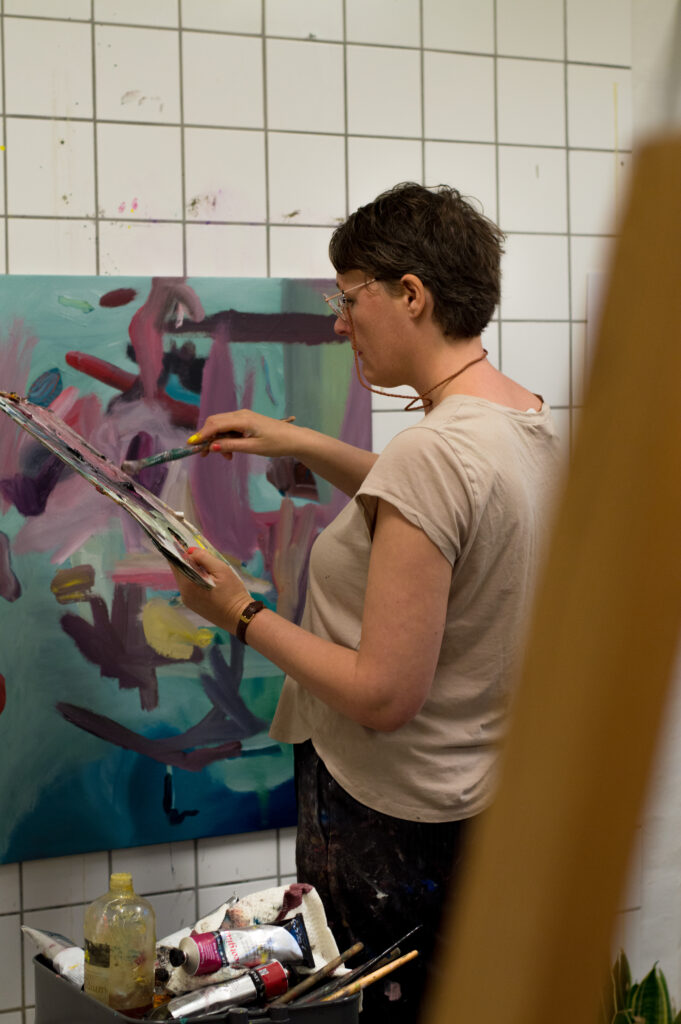
Honestly, I think the most challenging aspect is that there it is more or less not accepted as an artist to take a lot of time to reflect, be emotional, and to be insecure even though these are all very strong qualities in the right circumstances. This goes beyond the art world. There is a strong tendency all over the planet that the ‘best’ qualities is to be very productive, to act fast and ‘to get yourself out there NOW’. I would love if we could slow things down, take the time the art needs and to go deeper rather than faster. One can argue that this has nothing to do with being female. However, I do think that the many female qualities are not respected nor accepted when working as a creative professional.
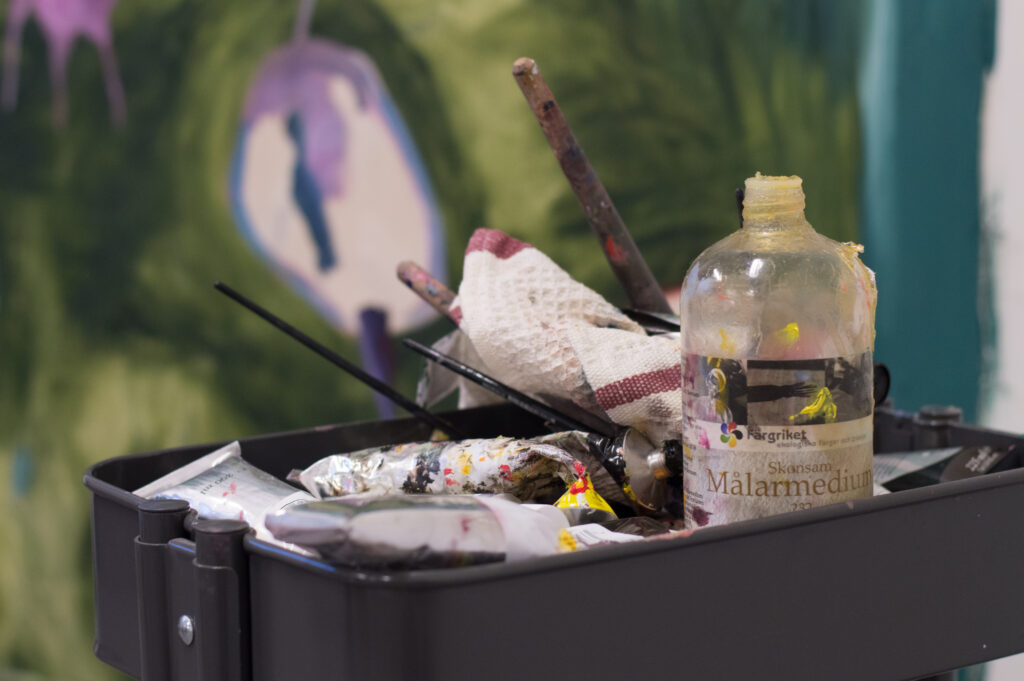
- What is your ultimate goal for your artwork?
To get even closer to my authentic visual language. - Explain your process
Color is my starting point in more or less everything I do. I put the colors in front of me and then I let intuition to take over with a few obstacles in mind. For example, I am in these days very interested in only form and color why an abstract language is evident in my more recent paintings. It is very challenging as I will need to be very alert throughout the process as I do not know when the painting is complete. It reveals itself in front of me and I need to be complete present for me to see that. Way too often I paint all the good areas over as work so quick. Patience has never been my strong side. - Which impact has the Covid 19 had on your work?
Few months before Covid-19 became a part of our everyday life I changed my paintings from being figurative into being abstract. I wanted to dissolve what we ‘know and recognize’ into a world without gravity as a poetic gesture to suggest that the world is transforming and that it is about time to find a new gravity.
I see it as we are in a paradigm change.
I can not help to see my transformation in my paintings as an indirect respond to this paradigm change. Since Covid-19 I have continued this transformation far more conscious. In my text I have literally been writing about the Covid-19 situation and made a reading at the Danish National Museum a couple of months ago. For this reading I invited the American musician Martin Klingman to play on his guitar during my reading. Nothing was prepared and he did not know nor either understood my reading in Danish. This was a way for me to demonstrate how many creatives for months have not been able to work closely together, and now we are trying to find each other again in a totally new rhythm and with a new voice. It was a beautiful event. - What would you like people to notice in your work?
A sensory presence. - If you could own one piece of art, what would it be and why?
I would very much like to own a part of the Etruscan funeral wall painting from 650 BC. However, it does feel a bit blaspheme to suggest this as it would mean that I should take them down from the grave chambers. Maybe I should move into the grave chambers instead? - If you could collaborate with one artist, from any time, who would it be, and why?
Picasso, only to paint his naked body all over again and most likely argue with him constantly as he is great example on the white artist man dominating the way many people today look and approach art.
